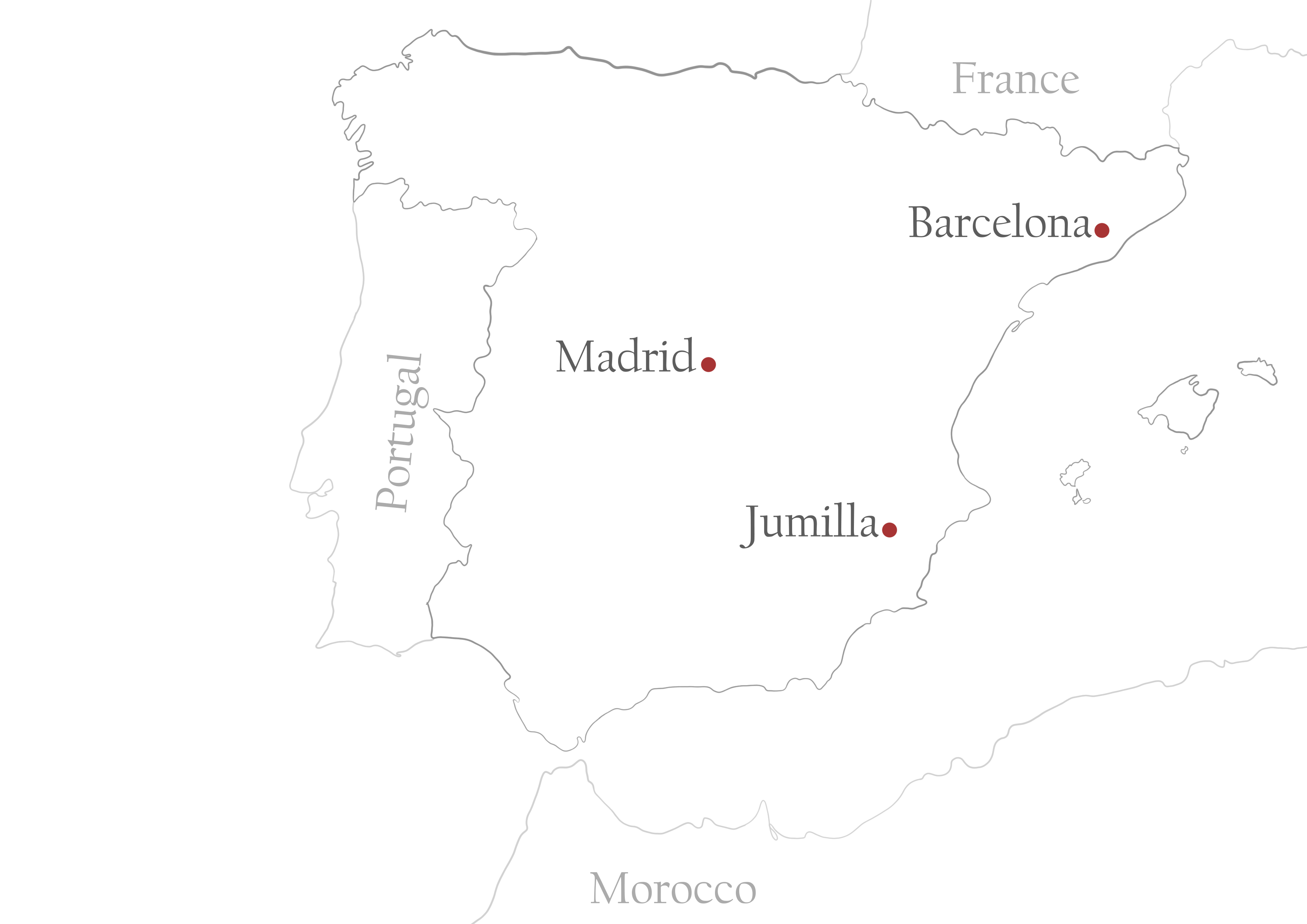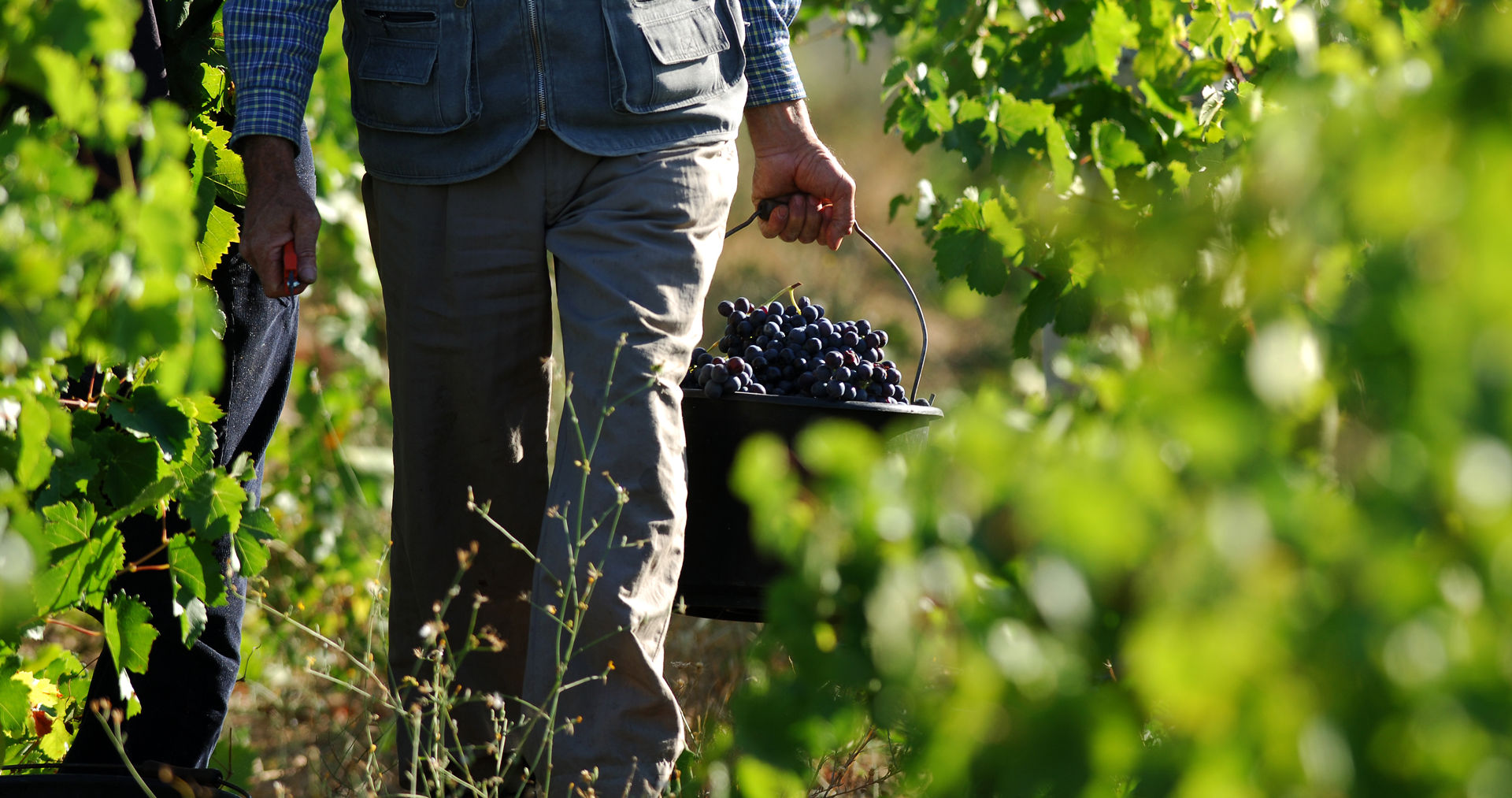To talk about Designation of Origin Jumilla is talking about “Monastrell” variety, being the best adapted variety to climate and soil conditions within this designation. It stamps this personality to its wines, which represent more than the 80 % of the designation.
Monastrell grapevine is an upright variety, with short thick vine shoots and few branches. Its leaves have a five-sided leaf blade with three marked lobes.
Its bunches are small and compact, with medium-sized spherical blue-black berries, whose skin is thick and rich in anthocyanins. Its fleshy pulp is soft and low in tannins.
This rustic variety has a high resistance to drought, needs good exposure to sunlight.
Other varieties authorized:
– Red varieties: Tempranillo, Cencibel, Garnacha Tintorera, Garnacha, Cabernet Sauvignon, Merlot, Syrah and Petit Verdot.
– White varieties: Airen, Macabeo, Pedro Ximénez, Malvasía, Chardonnay, Sauvignon Blanc, Moscatel de grano menudo (Muscat blanc à petits grains) and Verdejo.














